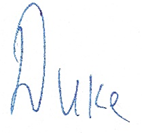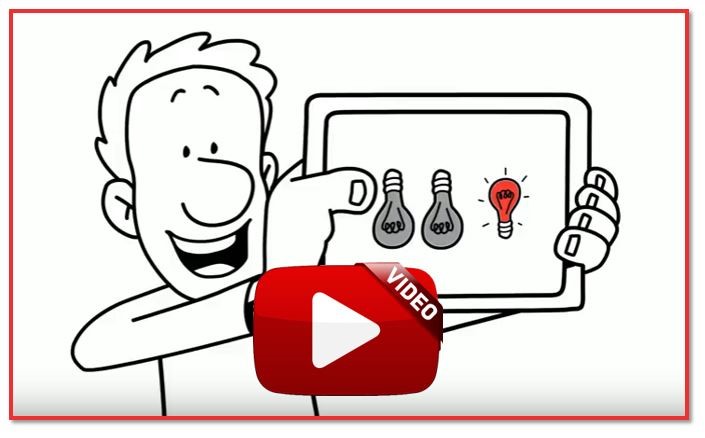Is Your ‘Check Engine’ Light On?

An engine is a machine with moving parts that converts energy into motion. Marketing is very similar in that it is made of moving parts that must work smoothly and in harmony to generate motion. In marketing, that motion generates leads and moves them along the buyer’s journey.
Like every powerful engine, an effective marketing engine should be made of well-oiled ‘parts’, or efforts, that are perfectly synchronized to generate leads and turn them into customers.
Your assets, such as your brand, your website, and your knowledge and experience; combined with activities that might be comprised of advertising, public relations, collateral, email campaigns, trade shows, and so on make up your marketing engine! Like every engine, marketing needs the occasional check-up, maintenance, and upgrades – When was the last time you had a professional check your marketing engine? If it has been a while, you might want to have your marketing process, activities, and results reviewed by a qualified marketing professional. And if necessary, have the professionals make adjustments and improvements to your marketing engine.
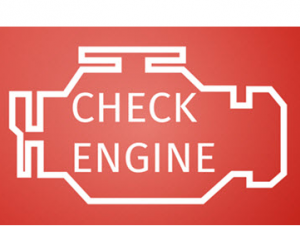 If you wish your marketing engine came with a ‘Check Engine’ light, we have some good news: It does! In fact, there are several of them – you just need to notice them. Here are the most common indicators that your marketing engine is not humming at peak performance and probably needs professional attention:
If you wish your marketing engine came with a ‘Check Engine’ light, we have some good news: It does! In fact, there are several of them – you just need to notice them. Here are the most common indicators that your marketing engine is not humming at peak performance and probably needs professional attention:
- You have no marketing strategy, plan, or budget to follow
- Your salespeople make their own collateral and sales support documents
- Every person in the company uses a different version of your logo, slogan, or sales pitch
- Your target audience is not aware of your brand and/or its benefits
- You don’t have enough leads each month
- Your leads are not qualified and/or your closing ratio is low
- Your customers are not buying again from you
- Your customers are not referring new customers to you
If you have noticed any of the above mentioned ‘Check Engine’ lights in your organization, call us. We’ll be happy to talk to you about your marketing engine without any obligation on your part.
Duke Merhavy, MBA, Ph.D. President & Chief Marketing Officer
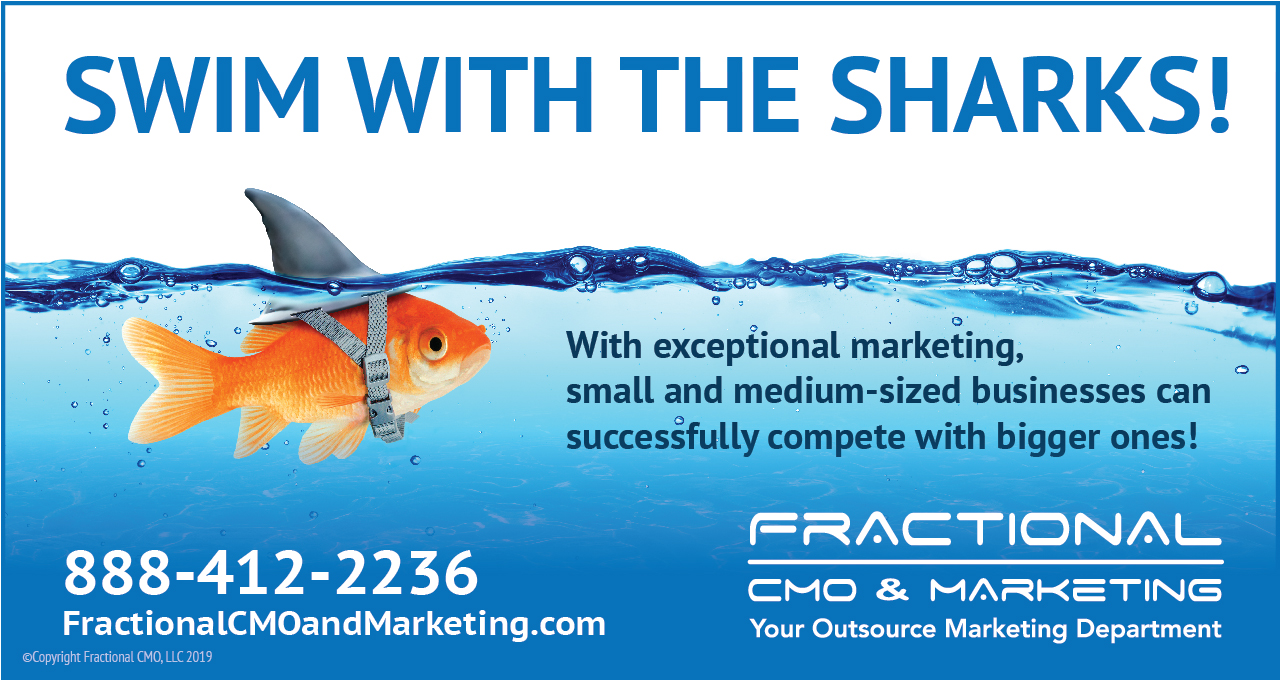
What Is Fractional CMO & Marketing?
Fractional CMO & Marketing is ‘Your Outsource Marketing Department’ when you need expert marketing leadership and marketing services to accelerate growth and improve profitability, but you’re not quite ready to hire a full-time Chief Marketing Officer or your own marketing department Our unique arrangement is the most efficient, innovative, and cost-effective formula for you. Click on the image on the right to watch a short video.
Why Content Is Still King
By Ally Richmond, Staff Writer

In 1996, Bill Gates, the founder of Microsoft, stated in an essay published on the Microsoft website that “content is king.” This often-used concept implies that content is the main pathway of communication and interaction between organizations and their customers and is an effective marketing strategy.
This makes it vital that companies produce content and share existing content to connect with customers in a more effective way than straight advertising. This “motto” has stuck around for years and continues, even to this day, to revolutionize the world of marketing and online content production.
So, why content is still “king?”
1. Anyone can create content
Anyone with a computer and Internet access can create content such as written works, videos, podcasts, or artwork and post it freely. Content creation is extremely accessible, making it one of the greatest commodities of the twenty-first century and one of the best marketing tools.
2. Content can be distributed at a broader range than ever before
Nearly everyone, young and old, has Internet access whether through a computer or even their smartphone, making content all the more remarkable because no subset of the population is exempt from the access to or influence of content .
3. Content on social media is easier on the budget
Typical old-school advertising requires expensive billboards, print ads, or television commercials. Today, multiple forms of social media such as Instagram, Facebook, Pinterest, LinkedIn, and even Snapchat can be used to share content at a low cost or sometimes even at no cost. Content is the whole reason people use social media in the first place.
4. SEO is more important than ever
While everyone can create content, not all content can be easily found. That’s where Search Engine Optimization (SEO) comes in. SEO includes all tags and keywords added to a piece of content that allow it to be picked up by the algorithms of popular search engines like Google and Bing.
5. Content is in real-time
As opposed to intricate ad campaigns, content marketing can be created rather quickly and distributed even faster. While it may take some time to create written or filmed pieces, the turnover rate is tremendous, and the content will start working for you immediately.
6. There is room to grow
Content marketing has grown considerably in the past twenty-three years, and it continues to evolve, making it imperative that marketers stay on top of the newest trends and are always on the lookout for more creative and unique content ideas to catch the attention of their customers.
While some may say that “content is king” is an outdated sentiment, it is clear that it is far from being dethroned. Content is still very much alive and thriving in the marketing sphere, and as the scope of marketing advances, the content we create must evolve as well.
If you need help generating original and effective content for your marketing efforts, Fractional CMO & Marketing will gladly help. We regularly write articles, whitepapers, and other copy for our clients.
The Grand History of the Trade Show!
By Polly Stroup, Editor and Copywriter
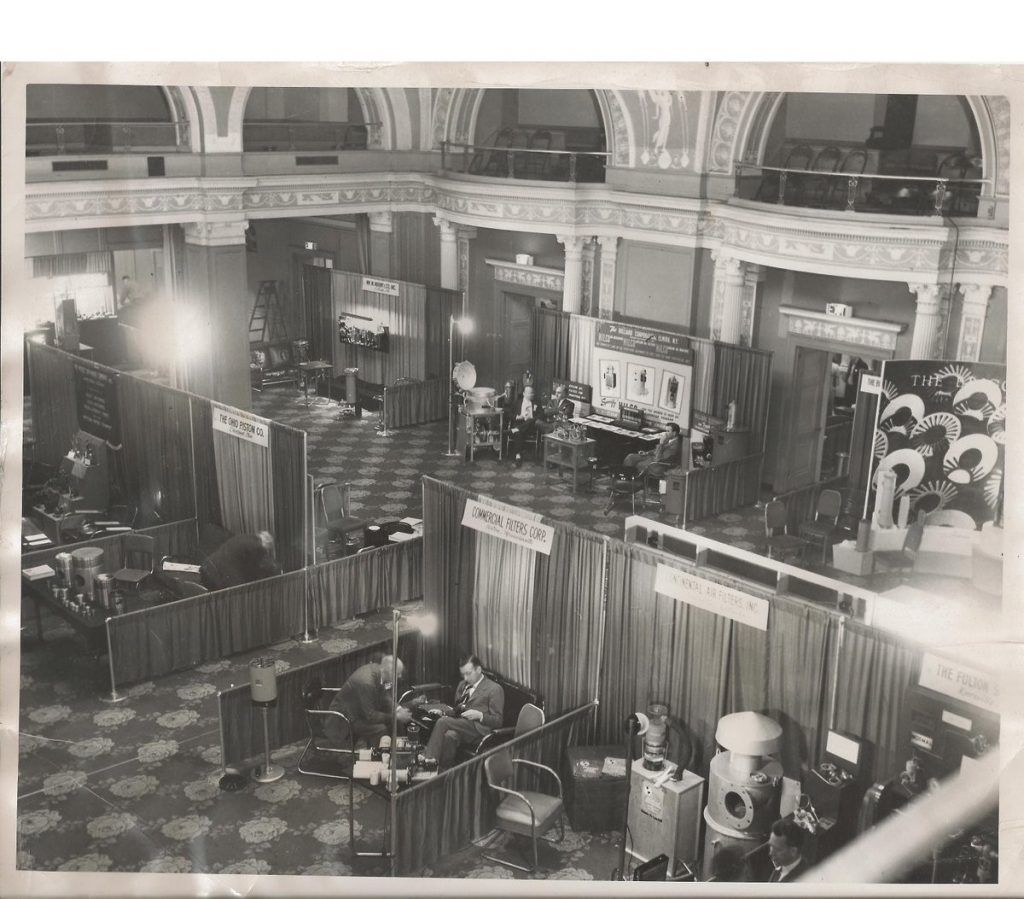
These days trade shows are incredible! The intricate exhibition booths with companies displaying their products in high style, a lineup of star-studded attendees (star-studded to the trade show participants, that is!), delicious food, and, of course, plenty of free swag. Selling and trading goes way back. Humans have been selling things to one another for centuries. The exchange of goods and services is a fundamental concept of survival that has prevailed throughout history.
The exhibit industry traces its roots to the ancient bazaars of the Middle East. Trade fairs are also associated with late medieval Europe, during the period of merchant capitalism. During this era, farmers and craftsmen traveled to a variety of locales to display and sell their offerings at open-market trade fairs (a true Renaissance Fair!). During the 1700s, exhibitions became a widespread affair in Europe and North America.
Trade shows or trade fairs most likely started with people simply displaying their wares in public places. They took time to talk one-on-one with potential buyers and explained why their offerings were better than others that were available. Then, sellers negotiated a purchase price (or bartered goods or services) until a mutual agreement was met with buyers. Sound familiar? We thought so!
Take Advantage of Us
Give us a call at 888-412-2236 or click on the button below to request a complimentary Marketing Needs Assessment, or to ask us a question regarding your most pressing marketing or sales challenges.



